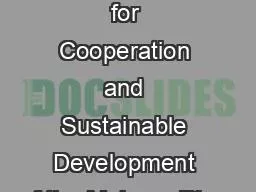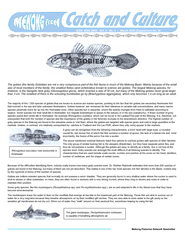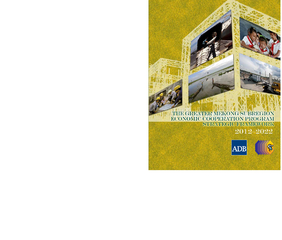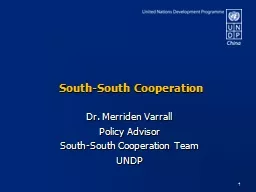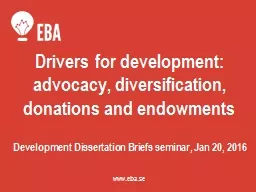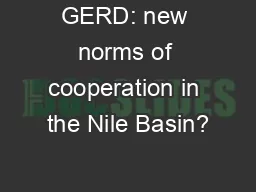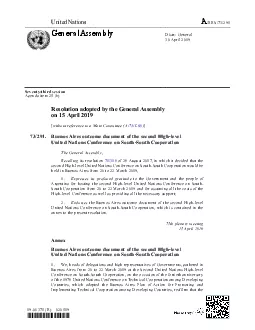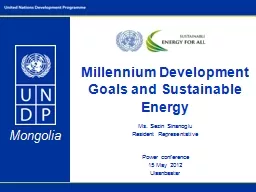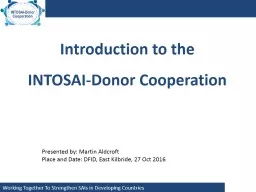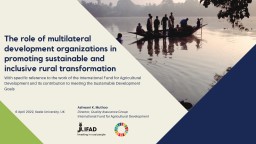PPT-Law as a Tool for Cooperation and Sustainable Development of the Mekong River
Author : startse | Published Date : 2020-06-26
Outline Law as a tool can be used on two differed levels Laws and procedures at national and regional level can be implemented to improve current decisionmaking
Presentation Embed Code
Download Presentation
Download Presentation The PPT/PDF document "Law as a Tool for Cooperation and Sustai..." is the property of its rightful owner. Permission is granted to download and print the materials on this website for personal, non-commercial use only, and to display it on your personal computer provided you do not modify the materials and that you retain all copyright notices contained in the materials. By downloading content from our website, you accept the terms of this agreement.
Law as a Tool for Cooperation and Sustainable Development of the Mekong River: Transcript
Outline Law as a tool can be used on two differed levels Laws and procedures at national and regional level can be implemented to improve current decisionmaking about the Xayaburi dam and other proposed mainstream dams. Projection Transverse Mercator Datum NZGD 2000 Map prepared by Geopatial Services 22Apr13 Haast Roar Blocks Overview Map 1 of 2 10 20 Kilometres Legend Balloted blocks Open blocks Freehold land No aircraft access Mekong Fisheries Network Newsletter ISSN 0859-290X, Vol. 5, No. 3 Printed in the Philippines www.adb.org 789290 9250029ISBN 978-92-9092-500-2 The Greater Mekong Subregion Economic Cooperation Program Strategic Framework ii The Greater Mekong Subregion Economic C Mikołaj . Miśkiewicz. . Romanika . Okraszewska. . Łukasz . Pyrzowski. COMPOSITE FOOTBRIDGE - SYNERGY EFFECT IN COOPERATION BETWEEN UNIVERSITIES AND INDUSTRY . 2. Assumptions. Effective . cooperation between science and business. Dr. Merriden Varrall. Policy Advisor. South-South Cooperation Team. UNDP. 1. Outline. South-South Cooperation. New UNDP-China Partnership. 2. What is SSC?. 3. South-South Cooperation. General situation. Development Dissertation Briefs seminar, Jan 20, 2016. www.eba.se. The when and why of helping: . Individual and organizational decision making from a psychological perspective. Arvid Erlandsson (Linköping University & Lund University). KGA171 The Global Geography of Change. Presented by Associate Professor Elaine Stratford. Semester 1. Vulnerability. L . vulnerare. – to wound; capable of being wounded; open to attack or damage; assailable. Ana Elisa . Cascão. . ICWC/SIWI. Ignite question. GERD: A catalyst of change?. or. GERD: An outcome of change?. GERD is an outcome of shifting and complex regional . hydropolitical. processes. Pre-GERD: Nile region in a state-of-flux. Group 1. Panchayat and Rural Development Department,. Assam. Mandate :. To eradicate poverty and to create infrastructures that accelerate socio-economic growth in Rural Assam. Source of mandate: . Assam Panchayat Act, 1994. A/RES/73/291General AssemblyDistr General30 April 201919-06371 E 020519 1906371Seventy-third sessionAgenda item 25 bResolution adopted by the General Assembly on15April2019without reference to a Ms. . Sezin. . Sinanoglu. . Resident Representative. Power conference. 15 May 2012. Ulaanbaatar. Mongolia. Outline. Linkages between human development and energy access. UN Initiative – Sustainable energy for all. Presented by. : . Place and Date: . Presentation outline. Importance of SAIs and the INTOSAI-Donor Cooperation. Governance structure. Results 2010-16. Evaluation. Strategic direction 2016-2018. Contact Information. Let’s zero in on sustainability.. What does it mean? Where does it come from? How is it applied?. What makes it a contestable concept?. What’s the difference between sustainability and sustainable development?. 6 April 2022, Keele University, UK. Ashwani K. Muthoo. Director, Quality Assurance Group. International Fund for Agricultural Development. Quality Assurance Group (QAG). With specific reference to the work of the International Fund for Agricultural Development and its contribution to meeting the Sustainable Development Goals.
Download Document
Here is the link to download the presentation.
"Law as a Tool for Cooperation and Sustainable Development of the Mekong River"The content belongs to its owner. You may download and print it for personal use, without modification, and keep all copyright notices. By downloading, you agree to these terms.
Related Documents

